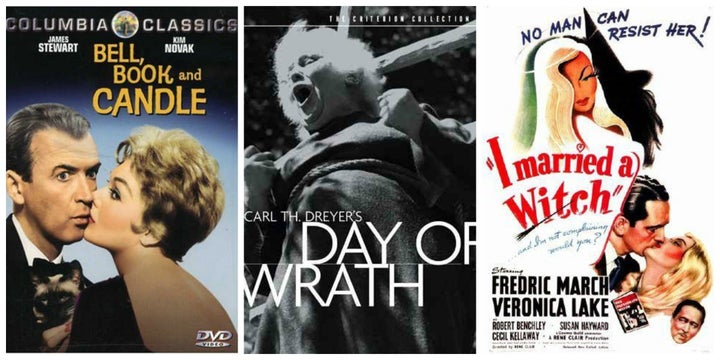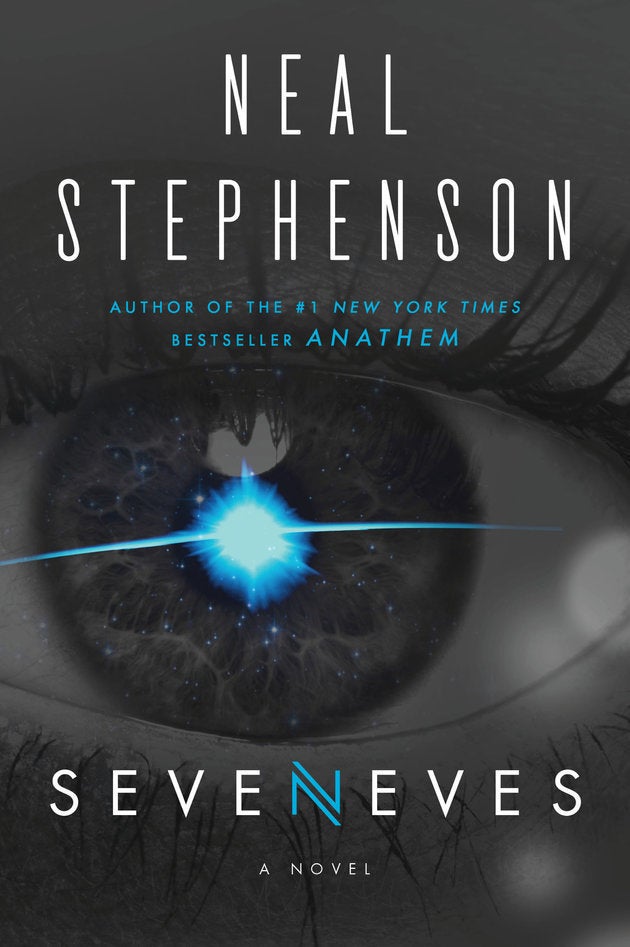
Later this month, debut director Robert Egger’s terrifying “The Witch" -- which won the Best Director Prize in the U.S. Narrative Competition at Sundance last year, not to mention boatloads of praise -- will finally hit theaters. It’s being touted as a horror film that’s as gorgeous as it is scary.
Set in paranoid, Puritanical New England, the movie centers on a familiar premise: when freaky, unexplainable events crop up, a scapegoat is found in a teenage girl, who the townspeople decide is hiding a witchy secret life behind her sweet public appearances.
Although “The Witch” casts new light on the old trope, it’s worth taking a look at all the ways witchcraft has been used in film to chastise -- or praise -- subversive women. Which is why Jesse Trussell, Program Coordinator at the Brooklyn Academy of Music, put together a slate of witchy films to prep viewers for the new movie’s big reveal.
“I’ve found there are multiple meanings of witches for filmmakers,” Trussell said in an email exchange with The Huffington Post. “They can be connected to the fear of women and the natural world but also to a supernatural and deep connection to it. They can also be explicitly feminist critiques of the modern world and -- my personal favorite -- a source of assertive, pointed comedy.”
Check out BAMcinématek’s Witches’ Brew lineup, and read about a few fictional witch tropes, too.
The outcast witch
from “Day of Wrath” (1943)
If you fancy yourself any sort of witch scholar, you already know Salem wasn’t the only site of actual witch hunts. “Day of Wrath” is an adaptation of a play about a supposed Norwegian witch, Anne Pedersdotter, who was burned at the stake in the 1500s. In terms of spookiness, it’s definitely more Scarlet Letter than “Blaire Witch Project,” as it explores how we funnel womens’ supposed wrongdoings -- like adultery -- into a stock form of public shame and banishment. Trussell says this movie “powerfully depicts the feeling of real world witch-hunts.”
The screwball witch
from “I Married a Witch” (1942)
This 1942 film is understandably complicated given the time period when it was made. Veronica Lake plays a spurned Salem sufferer reincarnated as an attractive modern-day woman, hell-bent on making the ancestor of her abuser unhappy. But -- shocker -- she falls in love with him instead, deciding on a “Taming of the Shrew”-like moral lesson: “Love is stronger than witchcraft.” Trussell says “quick-talking, screwball comedies” like this one “specifically position their protagonists as the heroes of the story.”
The mysterious witch
from “Bell, Book and Candle” (1958)
“My personal favorite of the films is ‘Bell, Book and Candle,'" Trussell says. “It features an incredible performance by Kim Novak, the same year she also appeared in ‘Vertigo,' that allows her to be mysterious, scary and funny.” Although this movie is another rom-com, it takes a more nuanced view on the warring values of love and independence, through the lens of Novak’s witchy character, Gillian. She forfeits her powers in favor of Jimmy Stewart’s affections, but the resulting relationship is rocky.
The powerful witch
from “The Craft” (1996)
This 1996 cult classic is getting a remake, with a woman director at its helm. In the meantime, the original will more than do. In it, a crew of supernatural teenage girls form a coven and use their powers to enhance the usual traits valued by high school-aged women: beauty, power and affection. Things get out of hand, of course -- but it’s a refreshing twist on the self-quelled witches from earlier films. Trussell calls it “one of the very best coming-of-age films in the last 25 years.”
The feminist witch
from “Neither God Nor Santa Maria” (1967)
Trussell says “Neither God Nor Santa Maria” is an example of the ways “filmmakers have used witches as a way to explore women’s lives.” Visually, it may be the movie most in line with the upcoming “The Witch,” with its ethereal shots juxtaposed by a frankly related storyline. Men narrate footage of an elderly woman’s daily life, connecting her with fabled witch-hood. It’s up to the viewer to determine whether she should trust the lovely, faded images, or the starkly opposed voiceover.
Bonus: Also screening are a few witchy films you might not have seen, including "Black Sunday," "The Witches Cradle," "Haxan," "Suspiria," and "The Wicker Man." Films are screening from Feb. 16 - 29.
Also on HuffPost:

